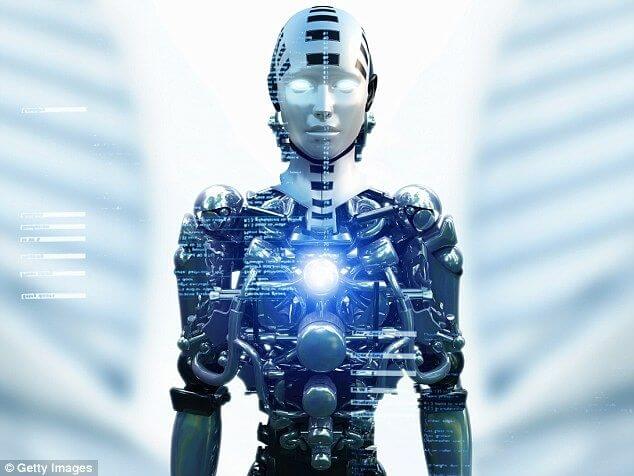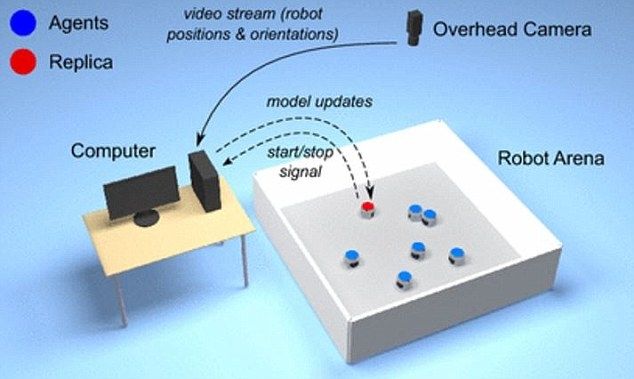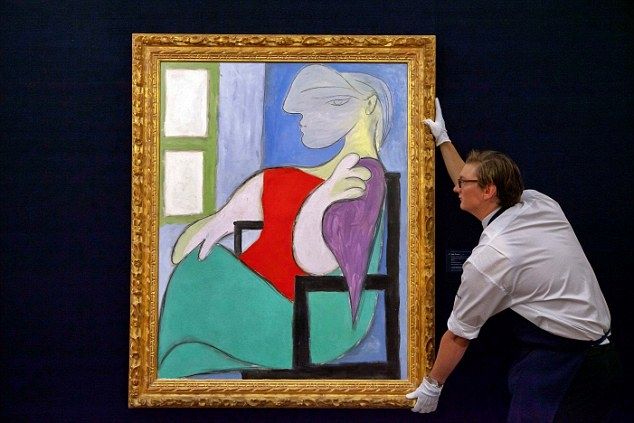Turing Learning: A new generation of robots can imitate humans by observing

Dr Roderich Gross, from the School of Automatic Control and Systems Engineering at the University of Sheffield, said: “Inspired by Alan Turing’s test in 1949, we have developed a way to understand the behavior of natural and artificial systems by observing humans.robot. Through the principle of Turing test, we can explore how a system works.One day, a new generation of Robots will be able to learnPredict human behavior and imitate it.“
The original Turing test hypothesized that a machine is said to be intelligent if it is capable of conversing with humans (via telex devices) without being identified as a machine. The research and development team led by Dr. Gross controlled two groups of robots and wanted to find out the laws of their movements by tracking their movements. Unlike the original Turing test design, the third party tries to identify from the two groups of humans and machines – “We believe that the role of the third party is best played by computers, because they may be able to detect some things that humans cannot detect. Other minor differences,” Dr Gross said.

“Some people might think that computers fool people, so do they fool themselves?” With this question in mind, they set the computer to be tasked with distinguishing and identifying the original group and the learning group in the test. If the computer correctly identifies the robot, it will be rewarded with bitcoins; and once the robot in the study group successfully confuses the computer and passes the test, it will also be rewarded. Also, if the computer can identify the difference between the two, the robots in the learning group adjust their algorithms to make them more similar to the original group.

The advantage of so-called “Turing learning” is that people no longer have to tell computers what they need to look for.“Imagine you want a robot to draw like a Picasso,” says Dr. Gross. Traditional robot learning algorithms compare the robot’s drawings to Picasso’s to see how similar they are. But before that can be done, someone has to tell computer algorithms which features they need to compare, and Turing learning requires no prior human intervention.

Researchers believe Turing learning can lead to breakthroughs in science and technology. Dr Gross said: “Scientists use it to mine the rules governing natural and artificial systems, especially when certain behaviours cannot be measured by using similarity measures. For example, computer games can be implemented in the real world because Virtual players can observe and predict the actions of virtual characters in the real world. They don’t directly mimic the behavior they observe, instead, they reveal the anomalies of those human players.”
Dr Gross added: “Currently, Turing learning has only been tested in robotics groups. That said, we are still in the theoretical stage. We have not yet determined whether Turing learning can create cubist paintings in reality.” The next step for the research team is to test whether the robot can learn the behavior of different groups of animals, such as fish and bees. They hope Turing learning will help people understand the factors that influence different behaviors among animals — a big area for future AI development.
The Links: 3HAC026253-001 3HAC031683-001
Pre: Empowering Ecology to Accelerate Carb... Next: The groundbreaking ceremony of the ne...




